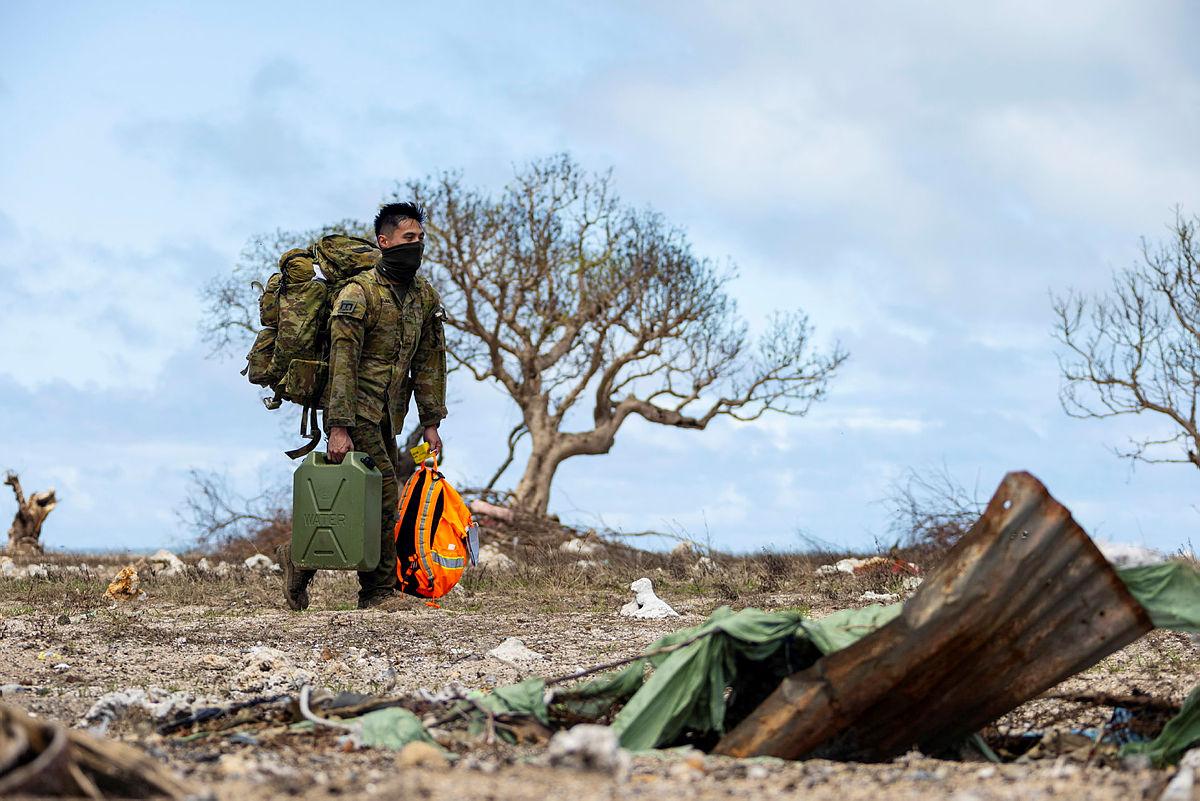
The Australian government’s 2020 defence strategic update was released with a catchy tagline: ‘Shape. Deter. Respond.’
The second two of these strategic objectives are incontrovertibly part of the traditional role of the military: to deter actions against Australia’s interests and respond with force as required. The first encompasses a wider role.
At the time, I wondered how much thought had been given to how this role interacts with the other arms of statecraft tasked with shaping the international environment—that is, diplomacy and development. But it opens an interesting discussion about how Australia’s defence organisation can contribute in innovative ways.
A recent report from the Asia-Pacific Development, Diplomacy & Defence Dialogue (AP4D) offers some intriguing ideas for how the Defence Department and the Australian Defence Force can help shape the region in Australia’s interest.
For example, Defence potentially has a significant role in supporting a positive vision for Australia as a climate change leader with Southeast Asia. Of course, Australian and Southeast Asian defence forces will continue to enhance their disaster relief coordination to build interoperability and trust.
Beyond that, Defence could integrate a climate perspective into its bilateral defence cooperation, ASEAN defence dialogues and defence diplomacy, raising awareness of how climate risks manifest and a preventive approach. As a consumer of energy, Defence can contribute to the emergence of sectors such as green fuel by building renewables into its supply chains. And Australia can follow other countries in developing a defence policy response to the risks and challenges of climate change.
Another area in which Defence can be an exemplar of positive behaviour is civil–military cooperation. While Australia has sometimes been cautious about emphasising liberal values of democracy and human rights in its foreign policy, its strong civil–military collaboration and governance framework represents an avenue through which it can enhance and expand its engagement in Southeast Asia to strengthen effective whole-of-nation responses to humanitarian and security issues. This is particularly relevant against the backdrop of rising authoritarianism in the region.
One pathway to model effective civil–military engagement would be to implement a regional framework for collaboration between civil society and military on humanitarian assistance and disaster relief. Australia’s significant role in providing HADR in Southeast Asia through the ADF could be enhanced by co-resourcing the development of an integrated framework to better manage HADR across the region. The ADF has well-developed, up-to-date policy and operational guidance for military assistance to civil authorities domestically and would be well placed to work with partners to develop a regional framework of national, bilateral and multilateral policies, operational guidelines and capabilities.
Perhaps moving further out of its comfort zone, Defence could play a role in Southeast Asia’s post-Covid-19 recovery and growth. A region that has economic inequity and instability will be detrimental to Australia’s national security. For example, low or unequal economic growth could create a breeding ground for fundamentalist movements and terrorism. Increasing strain from humanitarian crises, authoritarianism, social unrest and ethnic tension may contribute to further regional instability. These are significant factors affecting nations’ resilience to respond to challenges and resist coercion from others.
This means growth is a goal that shouldn’t be understood as only about development cooperation: it also has implications for defence and diplomacy. Defence cooperation that supports stability, resilience and sovereignty in the region contributes to economic growth and development, and Defence should see itself as having a place at the table when it comes to recovery and growth in the region.
Defence can play a role in championing human security—talking about it publicly, and explaining how insecurity at the individual level undermines national stability and how fragility and conflict at the state level undermine security for individuals. Australia’s national security and international engagement strategy in Southeast Asia should treat investing in human security and state security as complementary and mutually reinforcing endeavours, not competing paradigms.
The AP4D process suggests that Defence should challenge itself to see the national security and defence implications of a range of regional challenges. It also shows the value for Defence of Australia’s development and diplomacy program. There can sometimes be a tendency to place more and more burdens on the ADF—both because of its competence and because it enjoys a high level of public trust. We should be careful of this tendency and be clear on what Defence is optimised to achieve. Defence should play a leadership role in advocating for development and diplomacy as important elements of foreign policy, recognising that it is in Defence’s self-interest for Australia to use a range of tools to shape its international environment.
Coordinating each arm of statecraft to maximise its impact requires understanding that all agencies have a role to play. Defence should be alive to the responses it can bring to an integrated series of interventions—and the value of working with strong diplomacy and development programs.